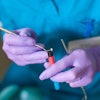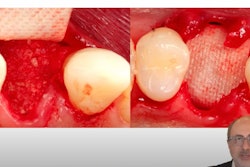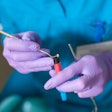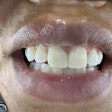This week, as we continue our partnered series with CDOCS, Dr. Meena Barsoum returns with another valuable tip that can boost the digital dentistry side of your dental practice.
Learn more about CDOCS' memberships and CDOCS' hands-on workshops.
Video transcript
"As you notice here on the screen, one of the important features I like to do when I'm capturing a bite is to utilize a leaf gauge. What a leaf gauge allows me to do is capture a fully seated condylar position so that I have the proper articulation of the jaws. And it also gives me space for my future splint. So you can see here there's space between the upper and lower jaw based on that leaf gauge bite record that I captured. I can then go in and very simply design a Michigan splint, [a] flat-plane upper occlusal splint on this case.
"So now that space gives me room for the material. It also gives me room when I go into the final stage here in the design to create the occlusal space and also to give myself room for all the excursive movements. So it's a really nice feature to be able to use a leaf gauge to create the proper bite record registration. And when I go and export the splint and send it to the printer, as soon as I deliver this, there will be very minimal or almost no occlusal adjustments whatsoever."



















